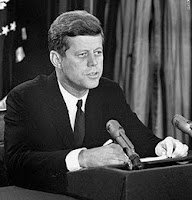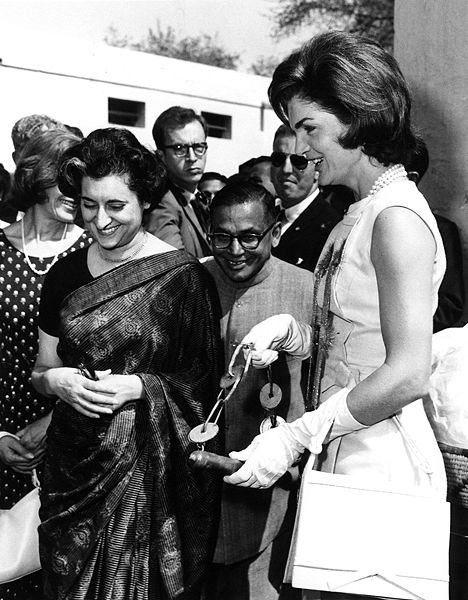| FoxNews.com
Few historical events have received more attention or been more carefully reenacted than the assassination of President Kennedy.
Yet as the country approaches the 48th anniversary of that tragic day in Dallas, a team of historians and retired Secret Service officers claims to have used new technology on old evidence to solidify the judgment that Lee Harvey Oswald acted alone.
The NatGeo channel will air the new tests as part of a one-hour documentary this Sunday night called "JFK: The Lost Bullet."
Historian Max Holland led the team that applied digital technology to a number of home movies taken on Nov. 22, 1963, including the famous Zapruder film.
Holland told Fox News this marks the first time these disparate amateur films, some of which have not been seen in years, have been brought together, digitally enhanced and presented in a coherent way.
"I'd say a main thrust of it is to break the stranglehold that the Zapruder film has on our perception of what happened. In a sense, we've all been 'Zaprudered,'" he said. "The film was so graphic, disturbing, mesmerizing, that it became more of our perspective on the assassination than even the perspective of the assassin, which should never have happened."
Another startling claim of the NatGeo team is that the new digital upgrades allow the public to see, in the amateur footage taken that day by Robert Hughes, a shadowy figure moving about inside the sixth floor of the Texas School Book Depository building -- a figure believed to be Oswald.
"And our conclusion is that he fired three shots in about 11 seconds, which is almost double, you know, the six seconds in Dallas meme that most people know when they think about the assassination: six seconds, three shots in six seconds. We say three shots in 11 seconds, which is a much easier -- for I'd say, someone of Oswald's skill -- effortless task," Holland said.
When asked if there are any "holy grails" of JFK assassination research still out there -- pieces of evidence known by researchers to exist but which have not yet seen the light of day -- Holland cited Oswald's tax returns. Those returns have never been released.
Holland said it's easier to pry documents from the CIA than from the IRS.
The JFK special airs Sunday at 9 p.m. ET. NatGeo is partly owned by the same parent company as Fox News.
Fox News' James Rosen contributed to this report.



















